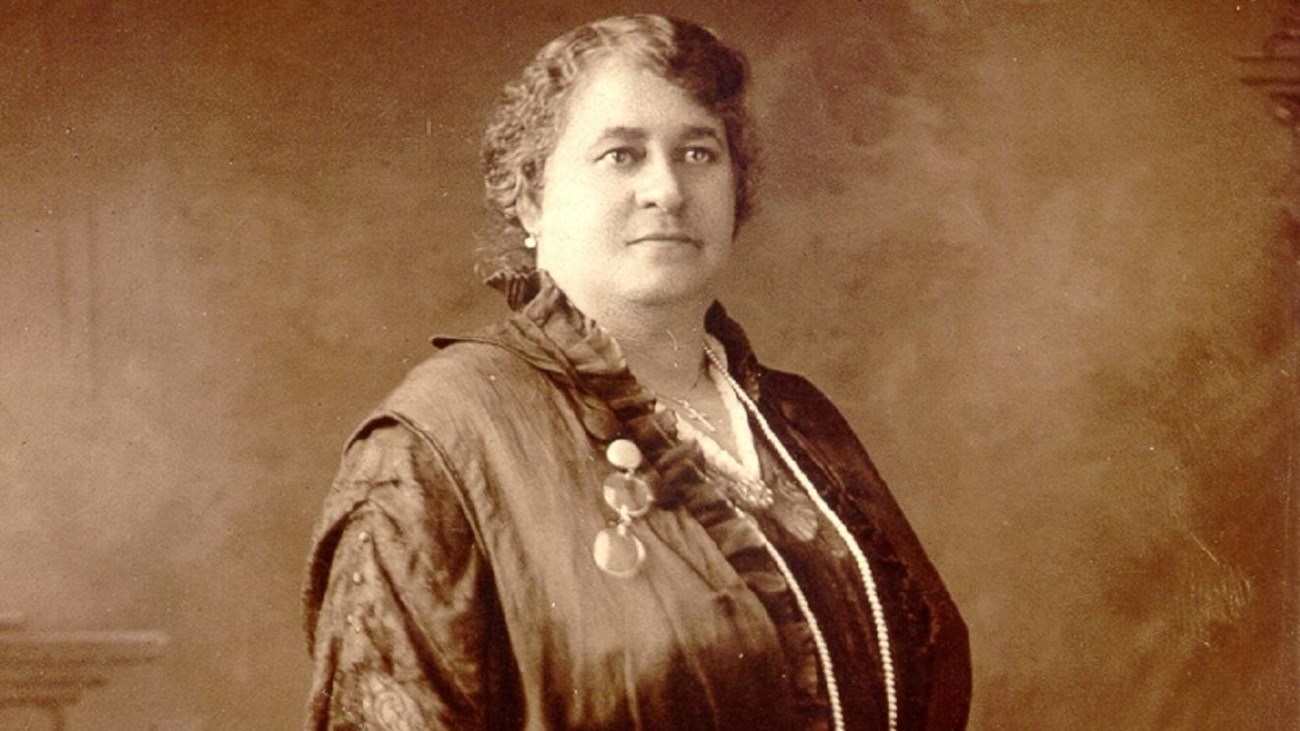Born to a former slave and an Irish-American journalist for the New York Herald, Maggie Lena Walker was a pioneer, storyteller, and civil rights activist. She defied the limitations of her time to become an entrepreneur and a symbol of economic empowerment in the Black community. The name Maggie Lena Walker will forever be engraved in the stones of time. This is her story.
During her teenage years, Maggie lived near the First African Baptist Church which acted as a socio-economic and political hub for the Black community. In high school, she joined the Good Idea Council #16 of the Independent Order of the Sons and Daughters of St. Luke, a fraternal group dedicated to providing social services, financial assistance, and support for African Americans. Being a part of St. Luke would later play a vital role in her life.
Upon graduation from the Richmond Colored Normal School, Maggie returned to her former school, the Valley School as a teacher. Unfortunately, she had to leave after 3 years of teaching because it was against the school’s policy to employ married women. Maggie married Armstead, in 1886, with whom she had three sons and one adopted daughter.
In her capacity as grand deputy matron, Maggie co-founded the Juvenile Division at St. Luke’s in 1885 with a mission to instlil responsibility, frugality and pride in the community’s children. As the organization’s leader, she set up leadership positions for the women of St. Luke’s. Maggie quickly rose to the top of St. Luke’s, holding the position of the Right Worthy Grand Secretary. However, by 1899 St. Luke’s was facing financial tribulations. Undertaking membership drives that would ultimately bring in new members in 22 states, Maggie changed the fortunes of St. Luke’s for the better.
Using her oratory skills, Maggie narrated fascinating stories that encouraged economic autonomy. She urged women to open businesses and Black people to purchase from African-American-owned enterprises for the elevation of the Black race. In 1902, Maggie founded The St. Luke Herald bringing in 4000 subscribers to the order.
In 1903, Maggie opened the St. Luke Penny Savings Bank, becoming the first Black woman to found, charter, and serve as Bank President in the United States. The Bank started with approximately $9,000 in deposits and had deposits totaling $170,000 after 3 years. St. Luke’s financed more than 600 home loans to Richmond’s predominantly Black residents and businesses by 1920. The Order purchased a building on Broad Street in 1904 to house its new department store and the bank which was designed by Charles Thaddeus Russell, Richmond’s first Black architect. Maggie hired and trained Black female employees with the St. Luke Penny Savings Bank’s board comprising of several female members.
The Great Depression’s Wall Street stock market crash propelled Maggie to conduct a merger between St. Luke’s and two other black-owned banks in Richmond. She acceded to serving as Chairman of the new Bank, the Consolidated Bank and Trust until her demise in 1934. In 2005, Abigail Adams National Bank acquired the Consolidated Bank, later merging with Premier Bank of West Virginia in 2009. Today, Maggie Lena Walker’s legacy lives on in Premier Bank located in Richmond. The Consolidated signage remains, a tribute to history.
A champion of African-American women’s rights, Maggie served on the boards of the National Association of Colored Women (NACW) and the Virginia Industrial School for Girls. Attending public school in a racially segregated system, her class staged one of the first school strikes of the civil rights movement because the graduation resources for blacks were inferior compared to those used by whites. She was one of the organizers of the successful 1904 boycott against the Virginia Passenger and Power Company’s segregated seating policy. Maggie was the Vice President of the NAACP, a member of the national NAACP board, and the Virginia Interracial Commission.
Maggie Lena Walker bore her fair share of heartaches and adversity. She lost her son, Melvin DeWitt, at just seven months old. Her other son, Russell, mistook his father for a burglar and unintentionally shot him. Despite being found innocent, this incident left Russell battling depression and alcoholism until his passing in 1923. Maggie also unsuccessful bid for office as the superintendent of public instruction on the Lily Black ticket. By 1928, her health had deteriorated to the point that she had to rely on a wheelchair. Nonetheless, she remained committed to her work and charitable causes.
Mrs. Walker died on December 15, 1934, at the age of 70. Despite the rain and cold, her funeral was one of the most attended in Richmond with roads being rerouted. Flags in the town were raised to half-staff with Richmond’s mayor, city residents, and school children all coming to honor her life. Maggie’s Richmond residence became a National Historic Site in 1978 and Richmond City celebrates her every October. A 10-foot statue stands in Richmond plaza, a tribute to an indelible trailblazer.






